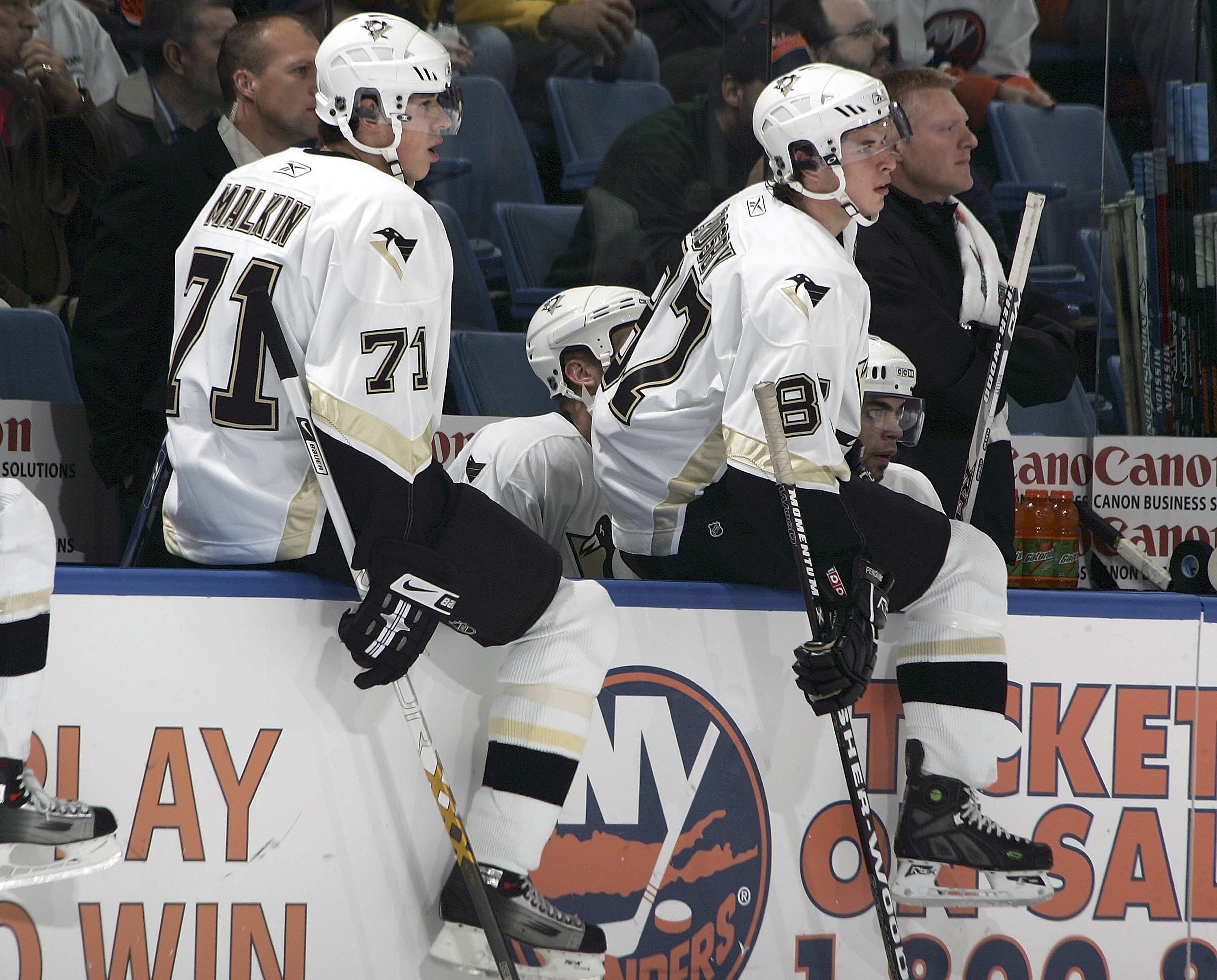The crime
The 2004 double murder – although the killings weren’t connected in intent – of eight-year-old Mohammed Ammouri and 56-year-old Anna-Lena Svensson in the Swedish city of Linköping. The case went cold until, a decade and a half later, a high-profile American case inspired…
The story
…the titular Breakthrough, a four-part scripted version of the case available now on Netflix.
I’d had The Breakthrough in my upcoming-properties spreadsheet for a while, but kind of lost track of it as “one to watch” at the turn of the year – but then my “true crime premiere” Google alert starting bringing me multiple daily headlines about the surprise popularity of the series, how viewers “couldn’t sleep” and watched the whole thing in one go, how it was sticking around in the streamer’s Top 10*, etc. and so on.
*as I write this, it’s sitting at #9
Generally speaking, 90 percent of what that alert nets is garbage…but it is useful for reminding me about a debut I’d forgotten, and for occasional trend-spotting. Not everything the ‘flix hive surfaces is worth a damn, but it certainly seemed worth a look.
And it is – but as it turns out the breakthrough of the title isn’t just about the investigation, but about the audience letting themselves have a parallel emotional breakthrough in their relationship to the material.
[Spoilers ahoy; skip to the recommendation box to avoid them!]
At first, The Breakthrough didn’t really feel like much. Each episode is lean – 30 to 40 minutes – and scenes are paced well; the horrific stabbings are effective without being lurid. The cast, including Bahador Foladi and Per Burell as a bereft father and husband respectively, combine with Lisa Siwe’s (The Bridge) minimalist direction to suggest how tiny the living can feel in the sea that is grief, not least of a violent death.
 Adnan’s lost toy. (Netflix)
Adnan’s lost toy. (Netflix)But in the first episode and a half, the story felt tangled up in visual and narrative genre tropes: the pointedly symbolic toy lost by a murdered child, the poor wig-work of longer-ago scenes, and of course that wearisome “cop’s spouse who should know better wanting more spouse, less cop” foolishness.
Then, after a spare shuddered time jump, the breakthrough arrives as our lead detective John Sundin (Peter Eggers) hears a story about the Golden State Killer on the car radio. Forensic genealogist Per (Mattias Nordkvist) is tagged in.
Other tropes get tagged in at the same time – the race against time before the cold-case division takes over; the tension between privacy statutes in the EU and the knowledge that “off-label” use of Ancestry.se trees and genealogy records is their only shot at catching the killer.
But you’ve now spent enough time in this world, with these relatable people who, like you, use those blue IKEA bags for storage; struggle to balance work and family; and don’t get enough credit at work, that those tropes become more like signposts along the road to the heart of the story…which is that every family has breaks that will never heal.
John and Per each has a teenager they’re having a hard time with, and not getting enough time with, but that parallel is made gently. The families of the victims John put before his own don’t appreciate his sacrifice…until they do, as best they can. The brother who isn’t a suspect looks at photos of the one who is, making cookies with his niblings and trying not to hear the voices…and the thing that breaks is your heart.
 Adnan’s empty seat at school. (Netflix)
Adnan’s empty seat at school. (Netflix)Not to generalize unduly here, but Scandinavian crime narrative IMO has a stronger relationship with, or interest in, the sadness of a crime story than its American equivalents. It tends to focus not on the gore, or the fear, but the sorrow left behind. I don’t know if that’s true, net, or if it is, why it is.
But in The Breakthrough, I felt that sorrow and its weight, and in its genre clichés, I felt understanding, that the search for answers is often the comfort, versus the answers themselves, and that there just is no answer for great loss.
The series has an ear for its own story, and is good at making research process televisually compelling, but its real gift is acceptance of the wreckage life, and/or its endings, creates.
The Breakthrough
Recommendation: WATCH
The case in favor:
- Paced well; little filler
- Makes the minutiae of investigations compelling to watch
- Good, unshowy acting
- I am tired of the expression “holding space,” but that’s what the series does for sadness and trauma
The case against:
- Starts off tropey
- Chilly Scandi vibe isn’t for everyone
True-crime coverage in your inbox
Subscribe to Best Evidence’s newsletter:





















 English (US) ·
English (US) ·